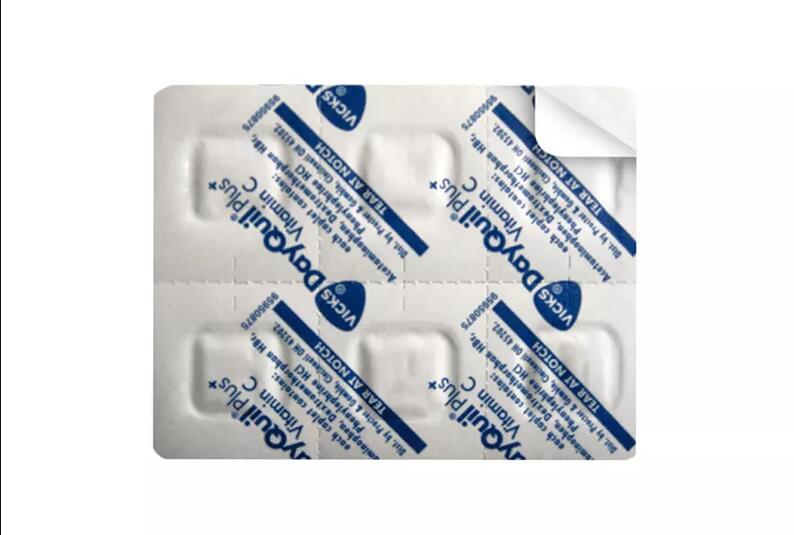Advantages of PVC Film in Pharmaceutical Packaging
Pharmaceutical packaging is a critical aspect of the healthcare industry, ensuring the protection, safety, and efficacy of medications. PVC (Polyvinyl Chloride) film has gained popularity as a pharmaceutical packaging material due to its unique properties and benefits that contribute to maintaining the quality of medicines. Here are some of the key advantages of using PVC film in pharmaceutical packaging:
1. Barrier Protection: PVC film offers excellent barrier properties, effectively shielding pharmaceutical products from external factors such as moisture, oxygen, light, and contaminants. This is particularly important for medications that are sensitive to these elements, as they can degrade the potency and stability of the drugs over time.
2. Transparency: PVC film is transparent, allowing for easy visual inspection of the packaged medications. This transparency ensures that the contents are clearly visible, which is crucial for accurate identification, dosage administration, and expiration date checks.
3. Customizability: PVC film is highly customizable in terms of thickness, size, and shape. It can be easily molded into different forms, making it suitable for various packaging formats such as blister packs, strip packs, and pouches. This versatility allows pharmaceutical manufacturers to choose the most appropriate packaging design for their specific products.

4. Cost-Effectiveness: PVC film is a cost-effective packaging solution compared to some other materials. Its relatively lower production costs make it an attractive choice for pharmaceutical companies looking to optimize packaging expenses without compromising product quality.
5. Printability: PVC film can be printed with essential product information, branding, dosage instructions, and regulatory details. This printing capability enhances communication and ensures that users have access to vital information about the medication.
6. Tamper-Evidence: PVC film can be sealed securely, providing tamper-evident packaging. This feature assures consumers that the medication has not been compromised before use, enhancing trust and safety.
7. Compatibility: PVC film is compatible with a wide range of pharmaceutical formulations, including solid dosage forms like tablets and capsules. It does not react chemically with most medications, reducing the risk of interactions that could affect the product's efficacy.
8. Rigidity and Protection: PVC film offers a degree of rigidity that helps protect the medication from physical damage during transportation and handling. This is especially beneficial for delicate or breakable dosage forms.
9. Regulatory Approval: PVC film used for pharmaceutical packaging is subject to strict quality and safety regulations enforced by health authorities and regulatory agencies. Manufacturers can rely on the fact that PVC film meeting these standards is suitable for packaging medications.
10. Sustainability Considerations: While PVC film has several advantages, it's important to note that its environmental impact is a subject of concern. As sustainability becomes a more significant factor in packaging choices, pharmaceutical companies are exploring alternatives and more eco-friendly options.
In conclusion, PVC film has emerged as a popular choice in pharmaceutical packaging due to its barrier protection, transparency, customizability, and other advantageous properties. It ensures the integrity of medications, enhances patient safety, and provides essential information to healthcare professionals and patients alike. However, as the industry evolves and sustainability gains prominence, careful consideration of the environmental impact of PVC film usage is becoming increasingly important.

